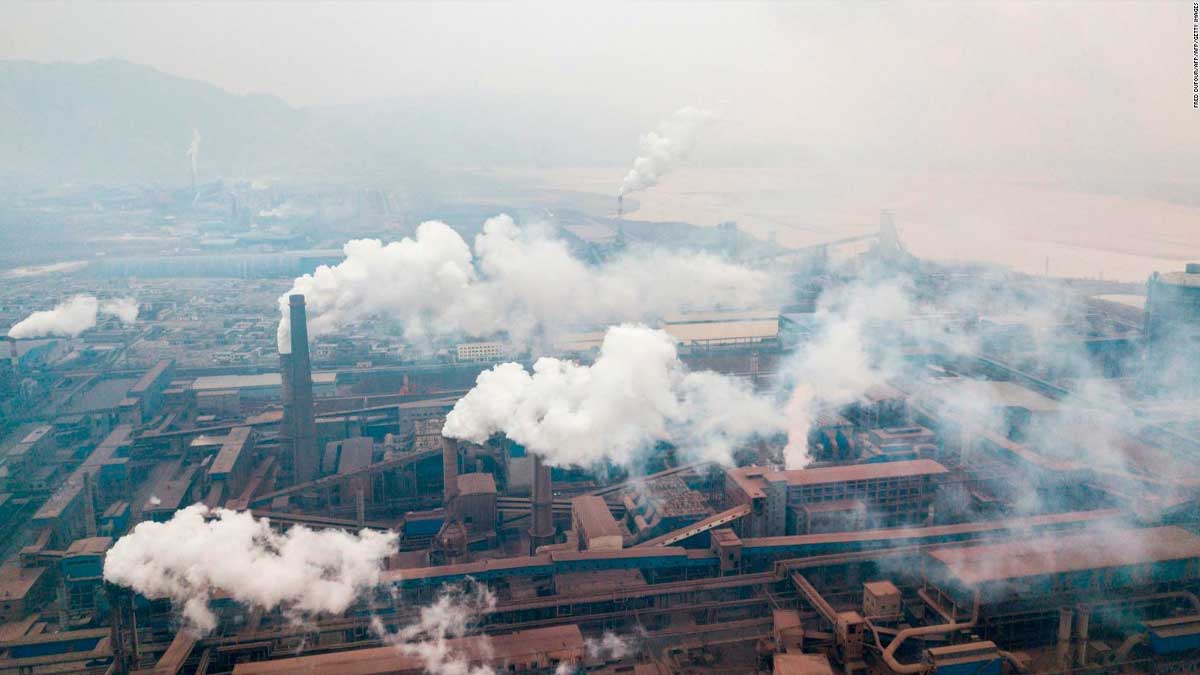Fragments of industrial chemical substances in the atmosphere can potentially convert into new more toxins which are untiring than the original pollution, as per a global study published on Wednesday.
The study unveiled that these anonymous products collected around the world are present in the atmospheres of 18 big cities including New York, Tokyo, Lagos, and Warsaw.
Monitoring strategies like those registered in the Stockholm Convention measure the risk of various chemical pollutants built on how long they persist in the environment, how poisonous they are, and to what extent they pollute living things.
However, the study declares, this method has been restricted to a list of recognized constituents and does not consider how they may vary as they break down.
Read more: Euro-2 fuel banned in Lahore to combat worsening air pollution
The investigation suggests a new structure using laboratory trials and computer models to forecast what chemical substances will ascend as products intermingle with the air and how much will they contribute to pollution.
John Liggio, study main author and a research scientist for Environment Canada, operated with a group to test the framework on nine flame-retardant chemicals usually found in the air.
“They are chemicals that are added to a large variety of materials to delay the onset of a fire,” Liggio said.
While testing in a laboratory, the team witnessed how these chemicals transformed over time when in interaction with oxidants in the air and discovered that they gave rise to 186 different substances.
Associating these new materials with field mockups, they discovered 19 derived from the five most common flame retardants. These 19 substances had never been recognized in the ambient atmosphere before.
Moreover, higher levels of impurities in the air also are one of the reasons for the temperature change that changes the chemical composition of the atmosphere. Direct discharges of air chemicals or those that come from emissions such as sulfate and ozone, can also affect this energy balance.





















